Interior Secretary Ryan Zinke’s recommendation to allow “active timber management” within Katahdin Woods and Waters National Monument is raising new questions about logging on the 87,500-acre swath of federal lands in Maine’s North Woods.
In a report sent to the White House last month and leaked to the media over the weekend, Zinke proposed that President Trump use his authority “to promote a healthy forest through active timber management” and to prioritize traditional uses such as hunting and fishing in Katahdin Woods and Waters. The recommendations garnered immediate, and mixed, reactions from individuals and groups involved in the years-long debate over the monument.
Several Maine and national conservation groups criticized the vague language and the continuing secrecy over Trump’s review of 27 national monuments created by his predecessors. Groups also expressed concerns about Zinke’s use of “active timber management” – an industry phrase often used in connection with commercial harvesting – and vowed to challenge in court any attempts to conduct commercial-scale logging in Katahdin Woods and Waters. Federal law prohibits commercial wood harvesting on the land, they said.
“Because this gives us a clue as to where the administration is heading, we are looking into our options at this point,” said Kristen Brengel, vice president of government affairs for the National Parks Conservation Association. “We are extremely concerned about where this is going and believe the administration should reconsider this approach and leave Katahdin alone.”
Meanwhile, advocates for hunting, snowmobiling and other “traditional uses” were encouraged by the prospect of expanded access for such activities.
“From what I’m hearing, it’s a good thing,” said Mark Marston, an East Millinocket selectman who is vice chair of the Maine Woods Coalition, which opposed the monument. “That land has always been open to people to use.”
LOGGING INDUSTRY vs. TOURISM
Zinke was widely expected to recommend some timber harvesting at Katahdin Woods and Waters, based on his comments during a June visit to Maine. The Katahdin region has been at the heart of Maine’s logging heritage for centuries, and much of the opposition to the monument came from the forest products sector and local residents concerned that a federal presence could further destabilize the industry.
Yet many supporters fear that Trump could undermine a national monument that, one year after its creation, is already drawing visitors and investment to the economically troubled Katahdin region.
The leading proponent of the national monument said it remained unclear to him whether Zinke envisioned the type of restricted logging operations already allowed under federal law or more aggressive harvesting.
“I’m still waiting for the details,” said Lucas St. Clair, whose mother, conservationist and entrepreneur Roxanne Quimby, donated the land east of Baxter State Park to the National Park Service last year. “If there is any frustration for me it’s having to (rehash) something that the community in the Katahdin region has been working through for a long time. We feel we owe it to the Katahdin region to be decisive and to do everything we can to help the economy and promote the natural resources” in the area.
A spokeswoman for the Interior Department did not answer a question about the meaning of “active timber management” and instead referred all queries about the recommendations to the White House.
POLIQUIN: REPORT STRIKES A BALANCE
Some Katahdin region residents remain distrustful or resentful of the national monument designation because Quimby prohibited hunting, motorized access and timber harvesting on the land when she first purchased it more than a decade ago. However, Quimby and her nonprofit, Elliotsville Plantation, subsequently relaxed many of those restrictions, and they expressly included those activities in the deeds that transferred the land east of Baxter State Park to the National Park Service last year, although trapping and commercial logging are still prohibited.
Fishing is allowed throughout Katahdin Woods and Waters, and hunting is allowed on roughly one-quarter of the parcels that make up the national monument. Snowmobiling is permitted along more than 30 miles of trails, but snowmobilers have pushed for access to additional areas.
Rep. Bruce Poliquin, R-2nd District, opposed creation of a North Woods national monument and praised Zinke’s recommendations.
“I am pleased with the secretary’s recommendations and I believe they strike the right balance in protecting Maine jobs and our way of life,” Poliquin said in a written statement. “This monument is right in the middle of our wood basket, and we must ensure that the hundreds of Mainers who make their living in the forest products industry are not impacted by this federal land acquisition.”
Although the final decision rests with the president, Zinke proposed changes at 10 of the 27 national monuments that he reviewed after Trump’s April 2016 executive order. According to the draft report obtained by The Washington Post and other media, Zinke recommended shrinking the size of four national monuments – such as Utah’s Bears Ears National Monument – and allowing additional activities in others, including commercial fishing in the Northeast Canyons and Seamounts Marine National Monument off the southern New England coast.
COMMERCIAL LOGGING BARRED
Zinke’s recommendation of “active timber management” at Katahdin Woods and Waters received the most scrutiny Monday in Maine.
Under federal law, the park service is barred from commercial timber harvesting but is allowed to cut trees “to control the attacks of insects or diseases or otherwise conserve the scenery or the natural or historic objects” in parks or monuments.
Brengel, with the National Parks Conservation Association, said any logging within national monuments or parks “has to serve a conservation purpose” under federal law. The phrase “active timber management” suggested more intensive logging inconsistent with the park service’s conservation obligations, she said.
“We have to see what happens,” Brengel said. “We are obviously consulting with our attorneys.”
Organizations such as the Defenders of Wildlife, the Sierra Club, the Conservation Law Foundation and the Natural Resources Defense Council also were sharply critical of Zinke’s national monument recommendations.
Lisa Pohlmann, executive director of the Natural Resources Council of Maine, said managing timber to “restore a healthy, natural forest” or for education purposes could be consistent with Katahdin Woods and Waters’ purpose.
“If the secretary envisions commercial timber harvesting, then it would be a clear violation of the laws that determine how the National Park Service manages lands,” Pohlmann said in a written statement. “Such a proposal would almost certainly trigger a lawsuit.”
Former President Barack Obama created Katahdin Woods and Waters on the 87,500 acres just east of Baxter State Park in August 2016 after years of heated debate. Quimby’s nonprofit donated the land to the park service along with a $20 million “endowment” and the promise of $20 million more for the monument.
But critics, led by Republican Gov. Paul LePage, convinced Trump to include Katahdin Woods and Waters on a list of 27 national monuments under review.
UNCERTAINTY WITHOUT MORE DETAILS
Other members of Maine’s congressional delegation had mixed reactions to Zinke’s recommendations.
They reflect views of people on all sides of the monument debate, said Sens. Susan Collins and Angus King. Both said they looked forward to reviewing the full report.
Longtime monument supporter Rep. Chellie Pingree, D-1st District, said the Trump administration review lacked transparency.
“The recommendation of opening Katahdin Woods and Waters National Monument to active timber management creates confusion and unnecessary uncertainty,” Pingree said in a statement. “The National Park Service already has the authority to manage the forest for the resource’s health, so this report raises questions about what it really opens the door for.”
St. Clair, who was the public face of the monument campaign for years, also questioned why Zinke recommended that the park service revise a monument management plan that is not even completed yet. St. Clair said he and others spent more than a decade talking to Katahdin region communities “and settled on some great compromises that allowed for traditional use.”
St. Clair said the monument needs more staffing – it has just two full-time employees – and resources to succeed.
“I’d like some support,” he said. “I’d like our governor to put signs up on the highway so people know how to get there. I’d like this not to be a political football.”
Kevin Miller can be contacted at 791-6312 or at:
Twitter: KevinMillerPPH
Send questions/comments to the editors.


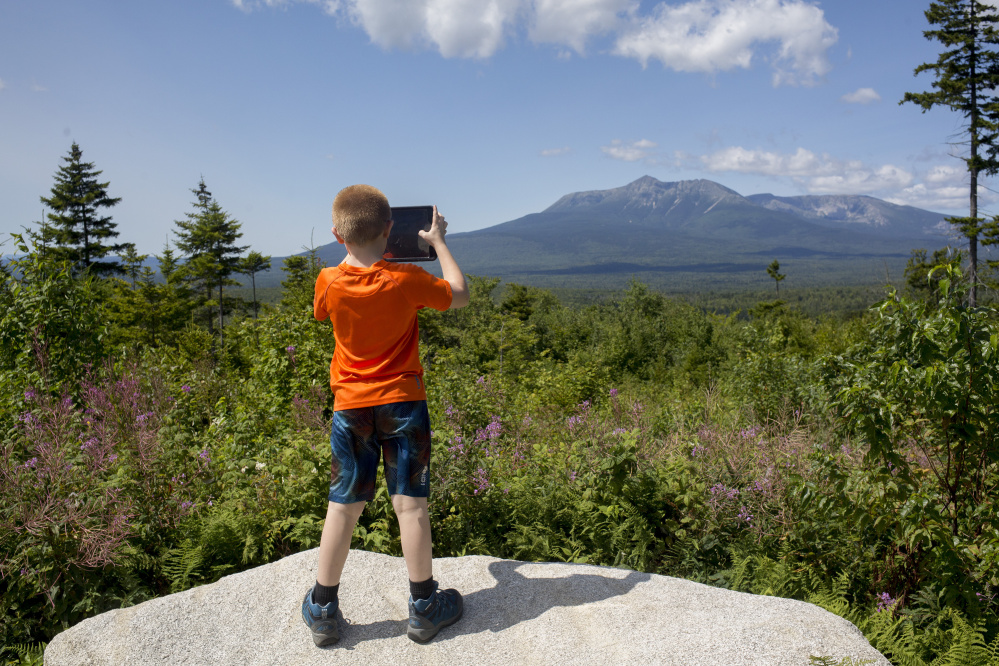
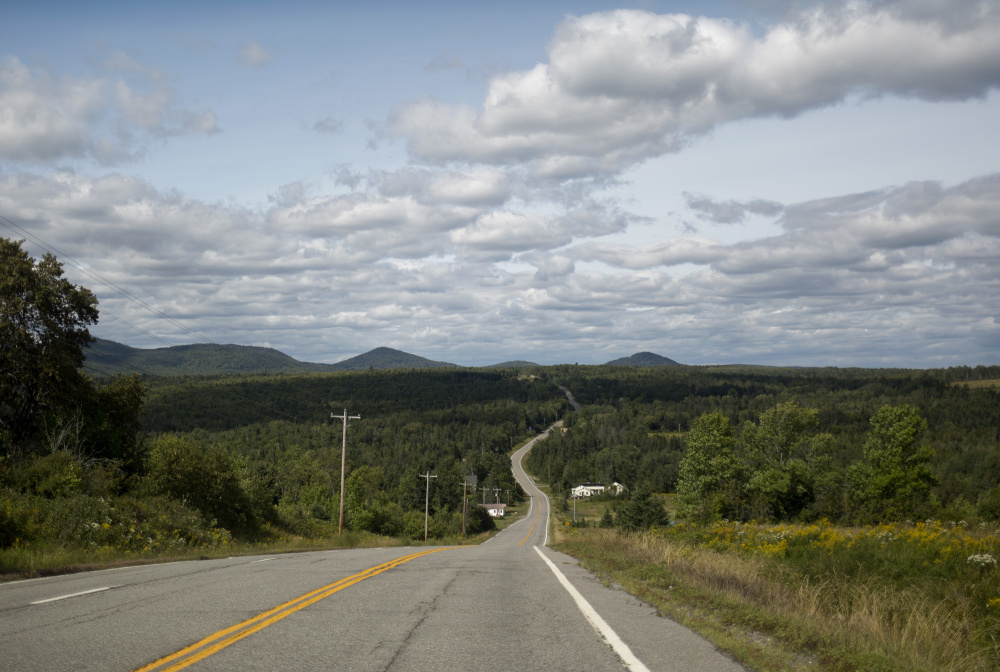
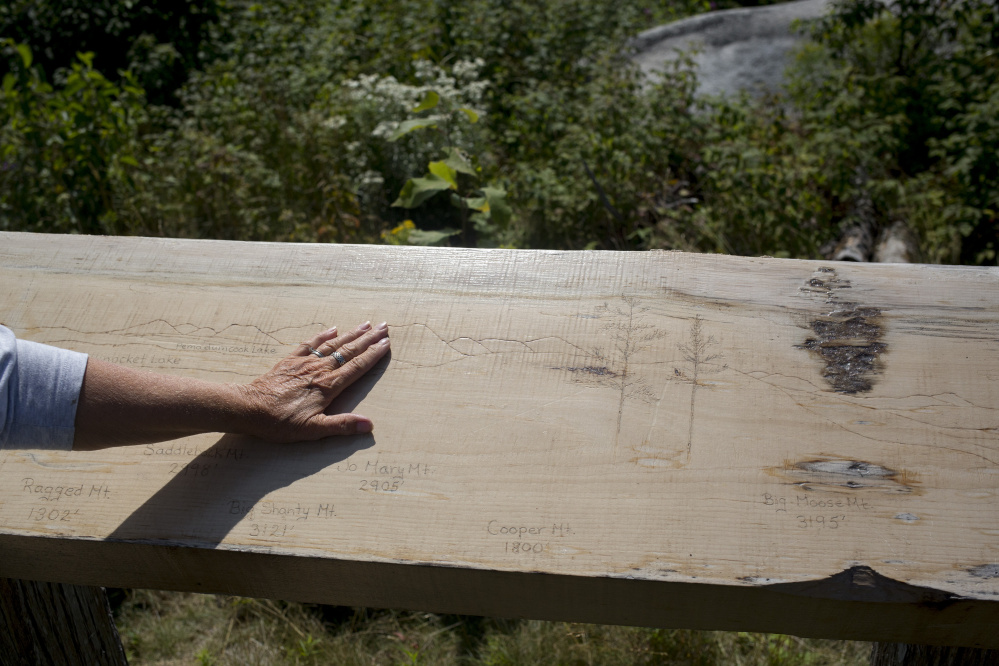
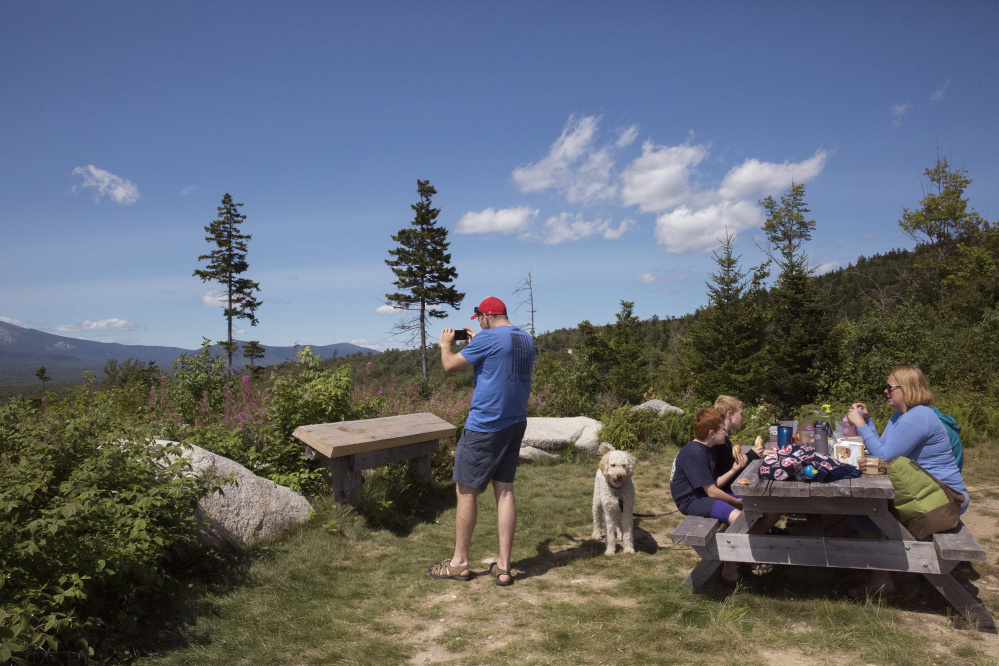
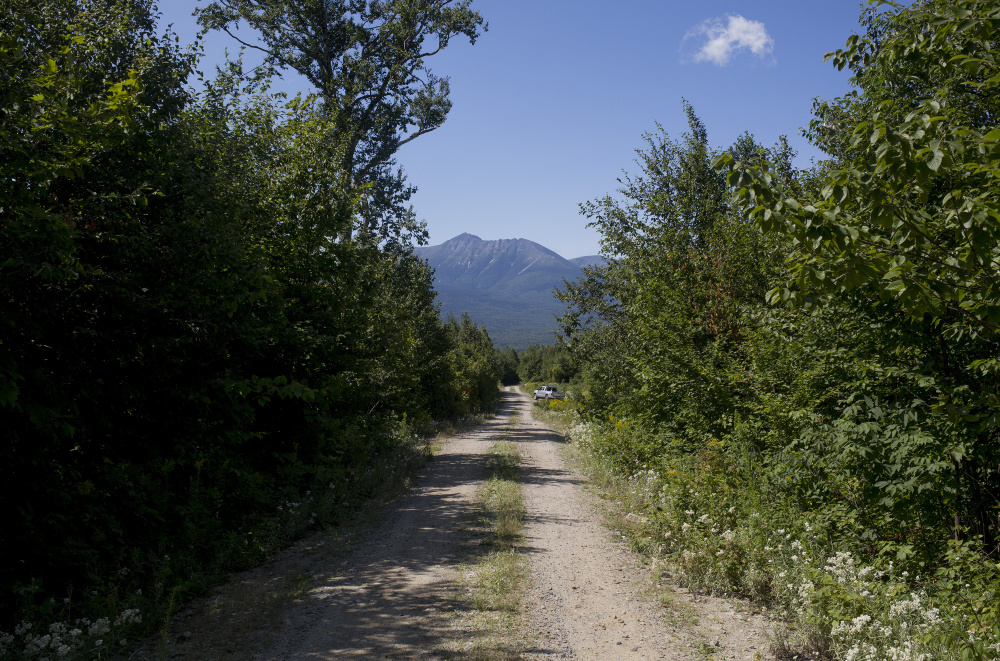
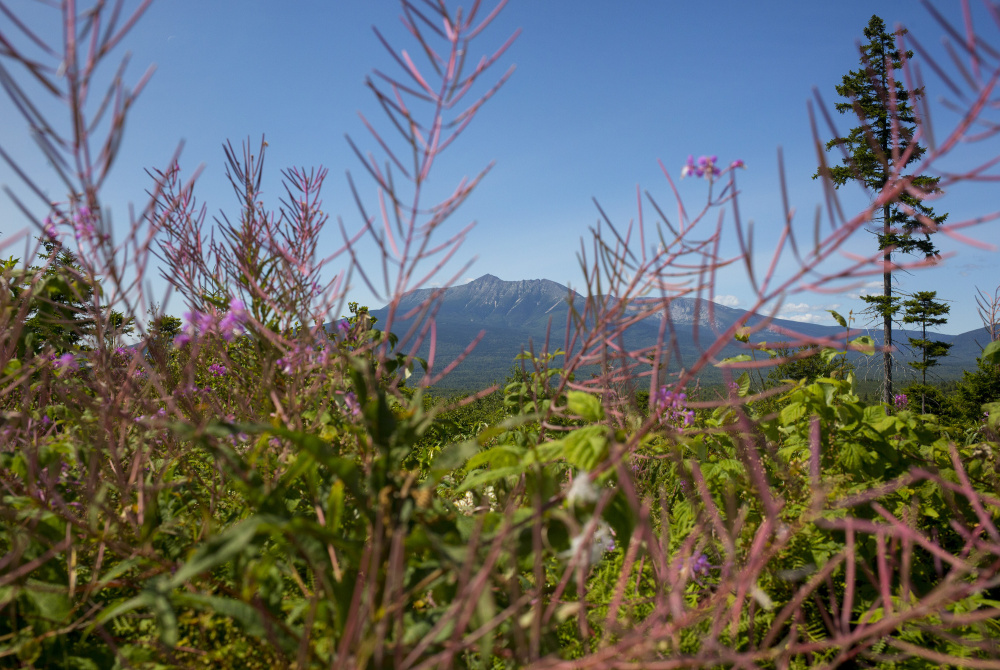
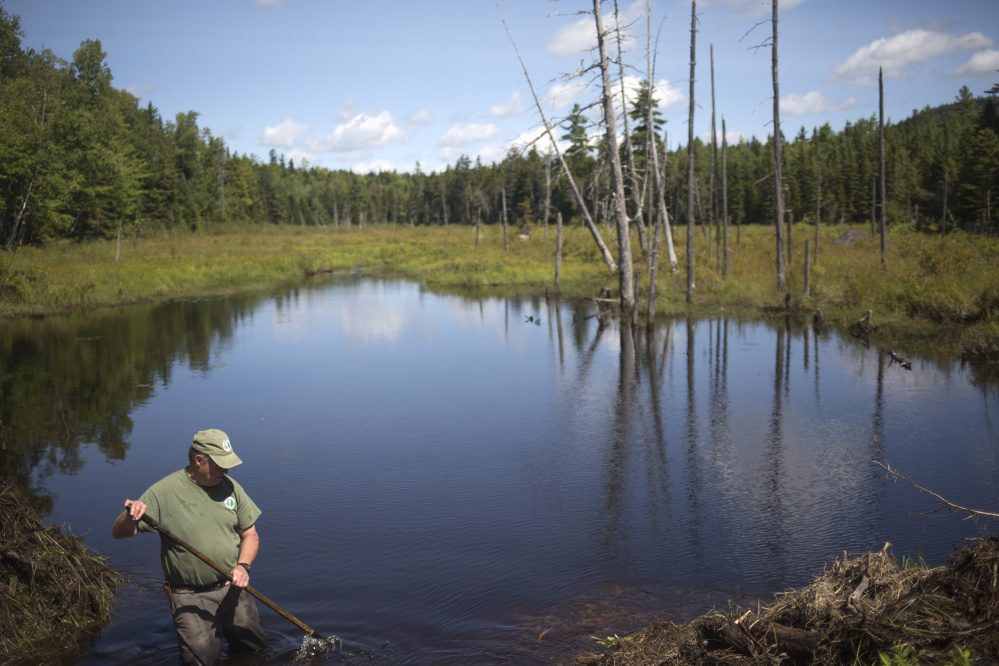
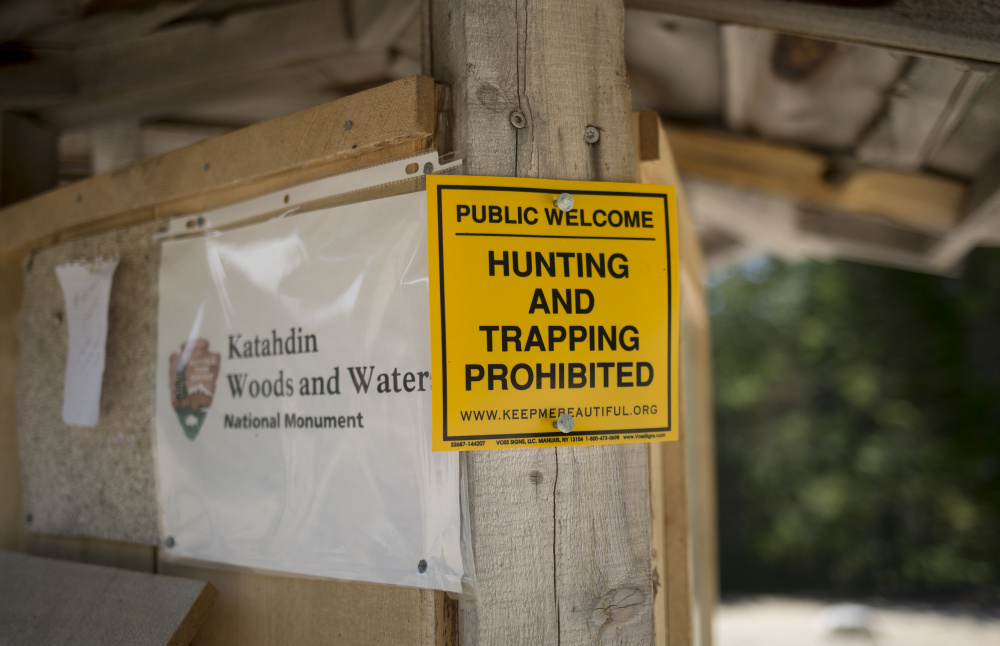
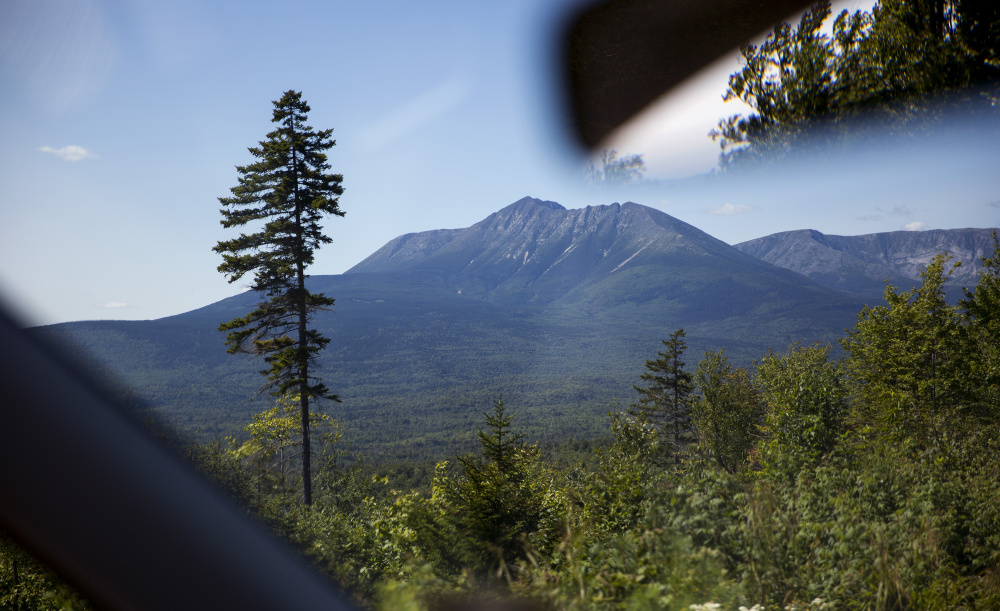
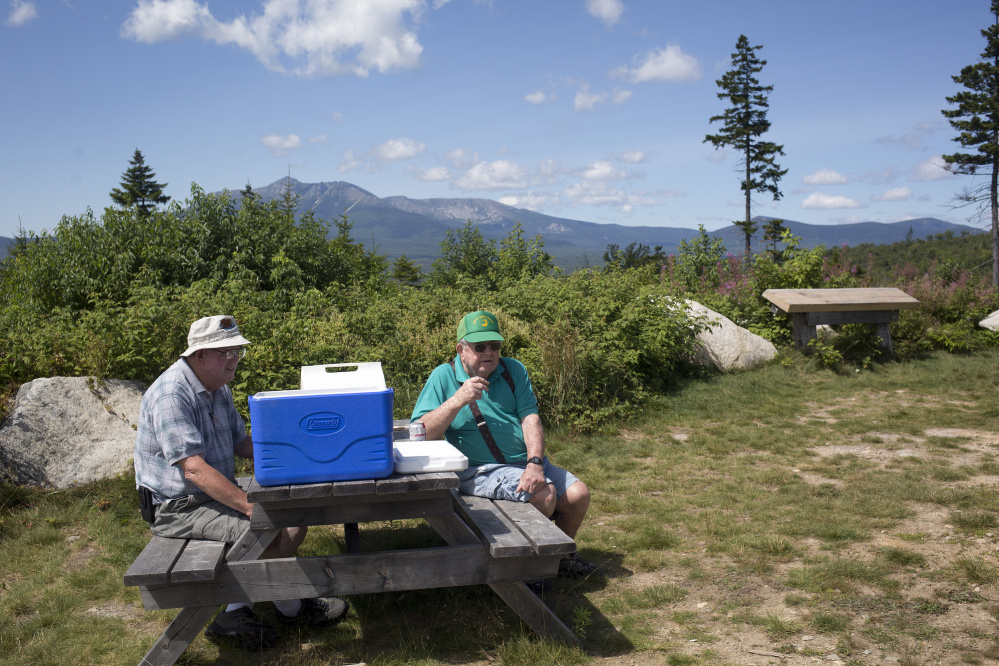
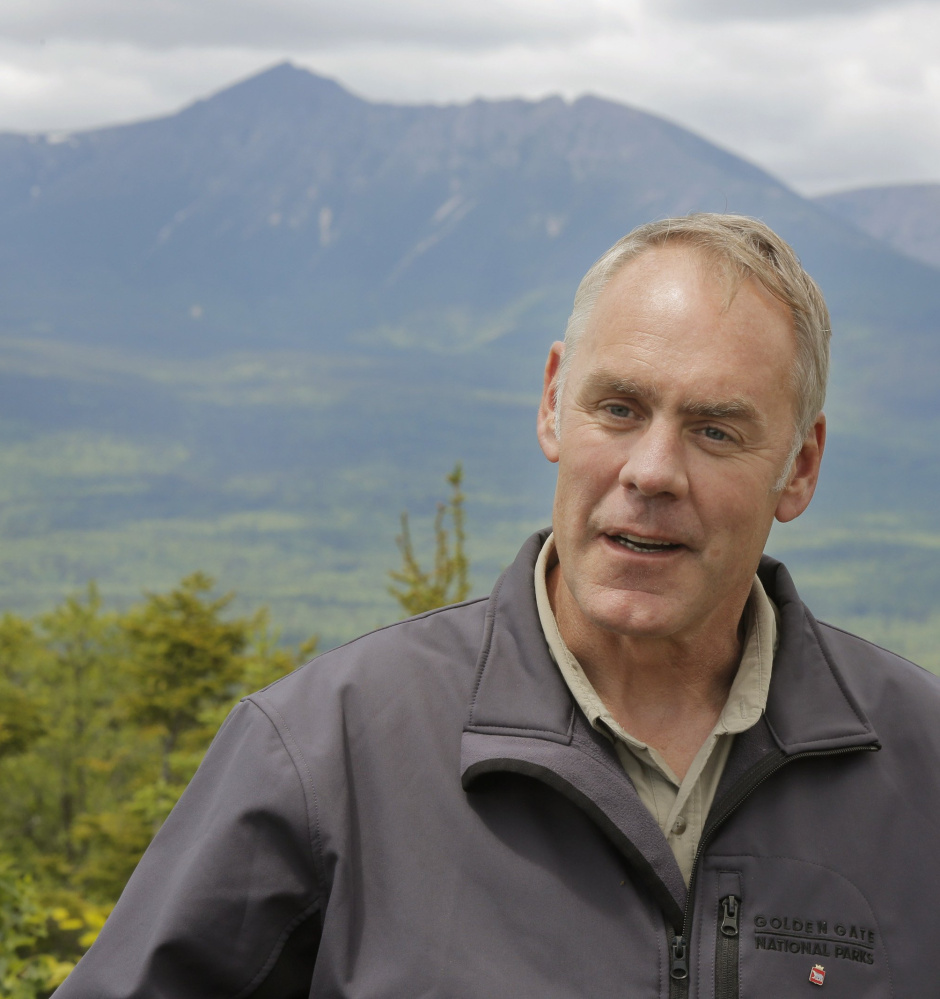

Comments are no longer available on this story